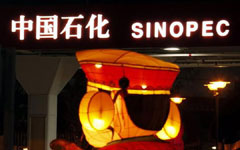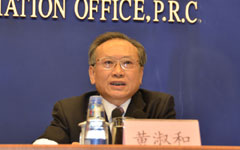|
 |
|
 |
Consequently, the problems are increasingly evident in China's State sector: falling returns, rising debt and a loss of strategic focus, he added.
As noted by Batson, since 2003, the central government has become extremely reluctant to allow any SOE - large or small, central or local - to shut down or change ownership. In combination with loose monetary policy and political pressure on SOEs to support short-term growth, this shift has worsened the incentives for the managers and supervisors of State-owned firms.
"China's government does have the ability to improve the financial performance of its SOEs. And it can help them to fulfill their original mandate while also boosting the potential for future growth across the entire Chinese economy. The best solution is to return to the policy orientation of the 1997-2003 period, when the government encouraged the exit of underperforming SOEs," he said.
Batson also added that a solution can be achieved by requiring a set of interrelated changes, which include a more flexible approach to managing the government's SOE assets and a clearer strategic focus for the SOE sector overall, with performance targets that are calibrated to various goals that different SOEs must meet.
Other aspects of reform could include the creation of a clear process for underperforming SOEs to close down or be transferred to private ownership or in other words, an "exit" mechanism, and reduced political interference in SOE investment decisions, Batson said.
